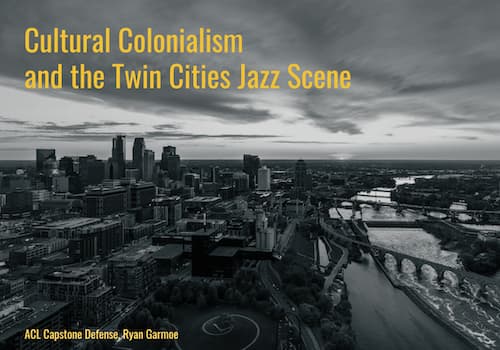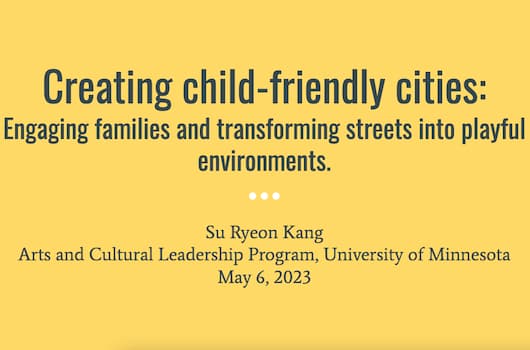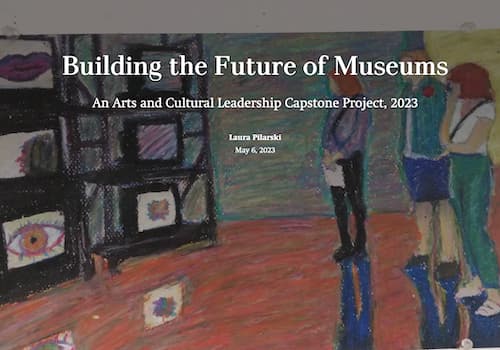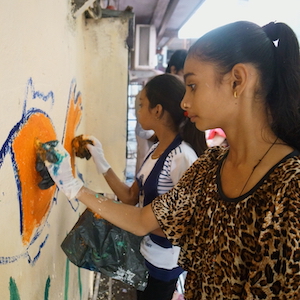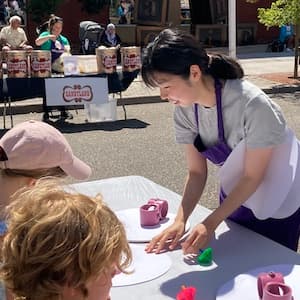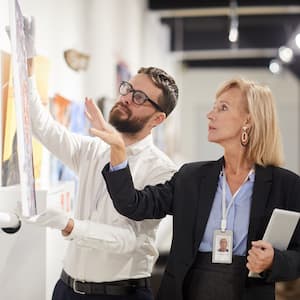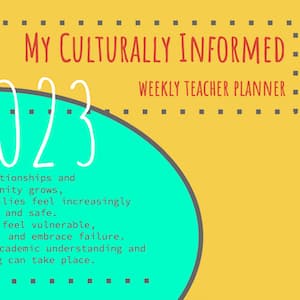As MPS in Arts and Cultural Leadership (ACL) students approach their final year, they each construct a project that brings together their work in the program, their passion for the field, and their career goals. As seen in the descriptions below, they devised unique projects specific to their interests.
Projects included nuances of fundraising, crisis management in small nonprofits, cultural colonialism in the jazz community, community activism in shaping more creative and child-friendly neighborhoods, and even two different ways of thinking about how art museums could become more equitable by altering their internal hierarchies. These projects have enormous meaning in how they advance thinking in the field and in how they propel the students toward the kind of work they aspire to do, while making important changes in the arts and cultural field and beyond.
During the final year while in the capstone course, the students work together to help each other through their projects, enabling them to learn something about the various topics. They also learn how to conduct well-structured, formal investigations and produce presentations that connect with professional audiences.
Earlier this spring, several ACL students presented their capstone projects. Here is a brief summary of just a few. Congratulations!
– Director of Graduate Studies, MPS in Arts and Cultural Leadership, Tom Borrup
Cultural colonialism and the Twin Cities jazz community
Ryan Garmoe
This paper explores the relationship between jazz, white supremacy, and colonialism, and how that relationship manifests in the Twin Cities jazz community. Jazz’s interaction with complex sociological concepts is well documented throughout the music’s history. However, the discussion of jazz’s racialized and exploited past rarely informs decision-making in everyday jazz happenings. While drawing exact parallels to colonial action is difficult, preliminary findings suggest the Twin Cities jazz community continues to struggle with race and gender dynamics, despite the area’s pride as a progressive bastion. Strong local musicians and the area’s positive disposition towards the arts suggest there is space for jazz to flourish in the coming years.
Cross-department collaboration to challenge hierarchy within American art museums
Taylor Gonda
This project is an exploration of the impact that cross-departmental collaboration on public-facing projects and programs can have on art museum organizational hierarchy. How can collaborative ways of thinking and working in art museums disrupt established systems that center dominant cultural norms? What can be learned from those experiences to help make art museums more diverse, equitable and relevant?
Engaging families to spark imaginations in the creation of more child-friendly cities
Su Ryeon Kang
This paper explores how residents and arts and cultural organizations can contribute to the creation of child-friendly cities through creative activities and playful built environments. To suggest practical findings, we focus on projects that transform streets into places where children can play, interact, and socialize in the Twin Cities. Indeed, collaborative approaches involving residents, urban planners, and arts and cultural organizations can create sustainable and inclusive urban play environments that support the well-being, creativity, and development of children.
Tools for crisis management in small nonprofit arts organizations
Abby Kosberg
Abby’s capstone looks at how small, community-based nonprofit organizations effectively manage and succeed in moments of crisis. In her research, she discovered that scholars argue for a scaled approach of whittling down methods originally designed for larger or for-profit organizations. However, for a small nonprofit, these resources often end up being financially out of reach, hard to realistically scale, and reliant on a large employee base to be effective. To combat this, she built her own website that compiles all of that research and funnels it into a toolkit to help small nonprofits manage, prepare for, and eventually succeed in moments of crisis.
Equitable engagement in the process of museum exhibition preparation
Laura Pilarski
Building the Future of Museums is a collection of interviews and resources spotlighting the behind-the-scenes roles of the museum. The project focuses on Twin Cities-based preparators, registrars, independent curators, and access and inclusion specialists and their views on what the future of museums should look like.
Building and rebuilding donor trust as a factor in fundraising
Kristina Rodel Sorum
This study explores patterns in donations and funding as they relate to the perceived reputation of nonprofit arts organizations to determine whether measures taken toward building public trust are effective. In some instances, trust is only noticed once it has been compromised or lost in a scandal of some nature. In a free market where an organization must continually prove it is deserving of resources from donors and funders, trust is a crucial resource that is difficult to measure. From a series of interviews with nonprofit arts leaders, ways organizational leadership approaches earning trust are addressed and several emergent philosophies on the topic are described.

